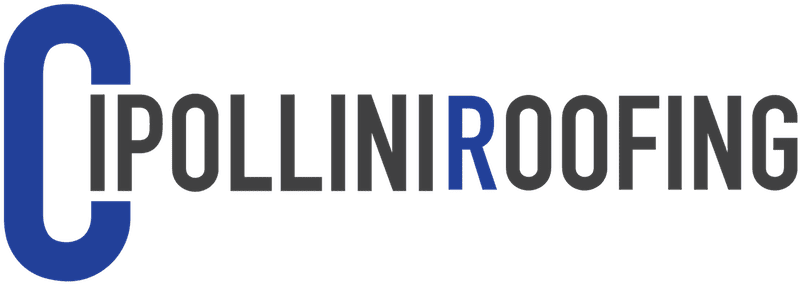November in New Jersey often brings a mix of rain, wind, and rapidly changing temperatures. For commercial buildings with aging or compromised roof systems, that means one thing: leaks. Leaking roofs don’t just damage your ceiling—they threaten inventory, disrupt operations, and can cut into your bottom line. In this article, we’ll spotlight real pain points building owners face when leaks occur and explain how having a GAF-certified contractor like Cipollini Roofing makes the difference between quick recovery and prolonged damage.
Common Leak Scenarios & Their Consequences
- Interior Damage to Equipment & Merchandise
A drip over sensitive areas like servers, machinery, or inventory racks can lead to costly damage, replacement, or downtime. - Structural & Ceiling Damage
Water intrusion can weaken ceiling tiles, cause drywall stains, corrode metal framing, and lead to mold growth. - Insulation Saturation & Energy Loss
A wet insulation layer loses R-value. Heating costs climb, and drying out wet insulation is expensive and time-consuming. - Business Disruption & Liability Risks
Leaks force shutdowns, delayed deliveries, slipped hazards, or compromised workspaces. Tenants or customers may hold building owners liable for interior damage.
Why Leaks Happen (Especially in NJ)
- Failing Flashings & Parapet Transitions – Flashing joints, termination bars, and parapet walls are common failure zones due to thermal expansion, shrinkage, or poor installation.
- Open Roof Penetrations – HVAC lines, vents, drains, and conduits often develop leaks around their collars or initally sealed points.
- Ponding Water Zones – Flat roofs that don’t drain fully accumulate water, which eventually finds weak spots in membranes.
- Seam Failures or Membrane Splitting – Older membranes or improperly welded seams degrade over time.
- Storm or Wind Damage – High winds or debris impact during fall storms may puncture or loosen roofing materials.
How Cipollini Roofing Handles Leak Emergencies the Right Way
- Rapid Response & Containment
We treat leaks like emergencies. Temporary tarps or patching help stop immediate damage while a full assessment is done. - Thorough Diagnostics
We use infrared scanning, moisture mapping, and physical inspection to pinpoint all leak sources—not just the visible drips. - Permanent, Warranty-Compliant Repairs
Because we’re a GAF Master Commercial Roofing Contractor, our repair methods and materials meet manufacturer standards so warranty remains intact. - Documented Reports for Insurance Claims
We provide photographic evidence, cost estimates, and repair scopes to help you work with insurers or justify budgets. - Prevent Future Recurrence
After emergency repair, we recommend a follow-up maintenance or monitoring plan to catch issues early.
Best Practices to Minimize Leak Risk Now
- Don’t delay patching small problems—they often worsen over a season.
- Keep detailed records of any repairs, inspections, or modifications.
- Enroll in a roof maintenance plan so issues are caught before they become disasters.
- Choose contractors certified by manufacturers (like GAF) to ensure correct techniques and warranty coverage.
If your NJ commercial building is dripping—or you anticipate trouble with aging roofing systems—don’t wait. Contact Cipollini Roofing now for an emergency leak assessment. Let us stop the damage, restore protection, and help you prevent next year’s disasters.
📞 (973) 815-3441
🌐 www.cipolliniroofing.com


